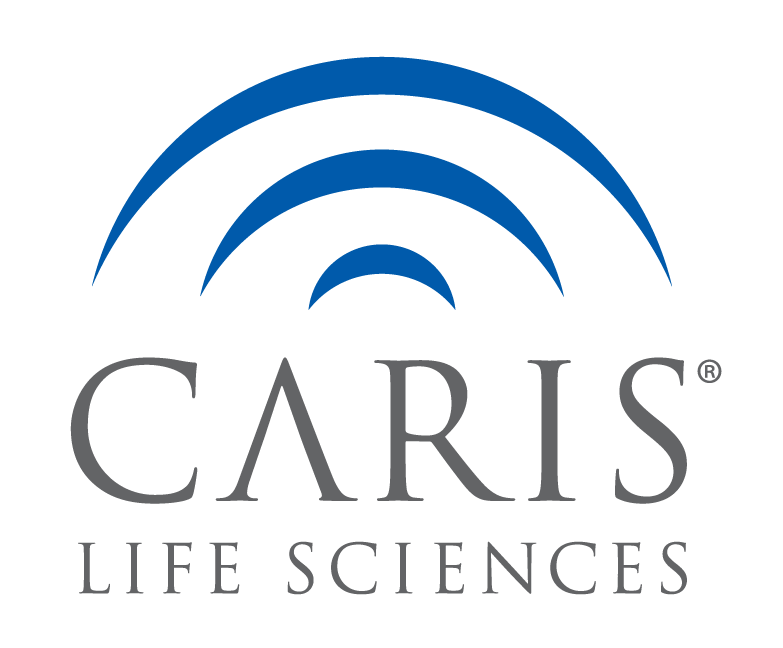Objectives:
Growing literature in breast cancer suggests that androgen receptor (AR) should be used to stratify patients with triple negative breast cancer (TNBC). Compared with AR+ TNBC, “quad negative” patients differ in their prognosis, response to therapy, and molecular profiles. It is unknown if AR status confers similar prognostic and treatment benefit in other tumor types. We aim to explore molecular and genomic features of AR+ and AR- ovarian cancer.
Methods:
8321 epithelial ovarian tumors were evaluated by Caris Life Sciences from 2009 to 2016 by multiplaform profiling, which included protein expression (IHC), NextGen sequencing (SEQ), and /or in-situ hybridization. AR expression higher than (1+, 10%) was determined positive. Antibody used for AR was AR27. Two-tailed Chi-square was used for comparison, significance was defined as p < 0.05.
Results:
Overall, positive AR expression was seen in 39% of EOC tumors: 35% in serous, 32% in endometrioid, 21% in carcinosarcoma, 4.3% in mucinous and 3.9% in clear cell histologies. Compared to AR- tumors, AR+ tumors had significantly less frequent mutations on KRAS (4.6% vs. 10%, p=4.2E-11), PIK3CA (4.5% vs. 8%, p=1.85E-06), SMAD4 (0.1% vs. 0.5%, p=0.03) and GNAS (0 vs. 0.3%, p=0.03), and more frequent AKT1 (0.7% vs. 0.3%, p=0.03) mutations. Additionally, AR+ cohort showed significantly higher expression of ER (73% vs. 36%, p=3.1E-206), PR (41% vs. 17%, p=2.3E-116), lower frequency of PTEN loss by IHC (21% vs. 33%, p=4E-27), and lower frequency of TOP2A (IHC: 67% vs. 75%, p=6E-10; ISH: 0.9% vs. 6.7%, p=0.02), Her2 (1% vs. 2%, p=0.002; 2.1% vs. 3.9%, p=0.0003) and cMET (10% vs. 14.7%, p=1.8E-6; 0.w% vs. 0.9%, p=0.01) protein expression and gene amplification. In ER-/PR- cohort (N=3717), AR+ was seen in 9.9% of tumors. When AR+/ER-/PR- tumors were compared to AR-/ER-/PR- tumors, KRAS (1.5% vs. 10.8%, p=1.5E-6) and PIK3CA (3.4% vs. 9.3%, p=0.001) differences and cMET expression (11.3% vs. 19%, p=0.001) remain significant. Also, TP53 mutation rate was higher in the AR+ cohort compared to AR- (76% vs. 62%, p=7.7E-6).
Conclusions:
Our findings suggest distinct molecular profiles in AR stratified ovarian cancer, providing potential targets for therapeutic exploitation. Drugs targeting the PI3KCA/Akt/mTOR, MAPK, cMET, and cell cycle control pathways, as well as hormonal agents, may benefit selected subsets of patients stratified by AR expression.

